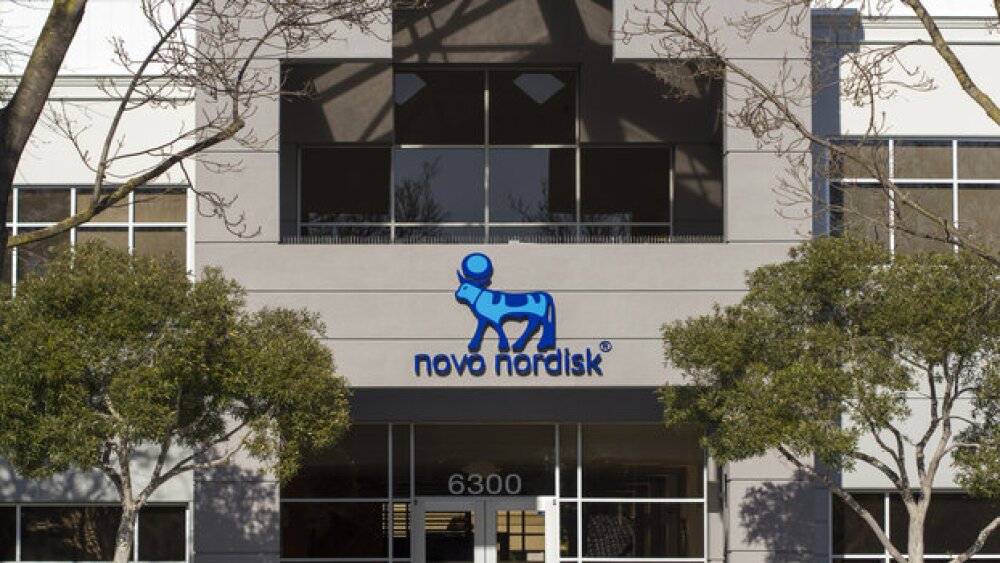December 30, 2014
By Riley McDermid, BioSpace.com Breaking News Sr. Editor
Osteoarthirtis pain management startup Carbylan Therapeutics has filed plans with the U.S. Securities and Exchange Commission for a sizable initial public offering, saying in a filing this week that it hopes to raise up to $86 million to go public.
The company said in its filing it plans to list on the NASDAQ under the symbol CBYL, but did not disclose pricing terms or amount of publish shares available.
Carbylan initially filed confidentially on Sept. 19 but is apparently publicizing the news now in an attempt to gin up interest in what could be a mid-winter IPO.
Leerink Partners is the sole bookrunner on the deal. Its primary candidate right now is an injectable treatment for osteoarthritis pain, a market estimated by analysts to be worth $4.4 billion in 2011, with a projected growth rate of 3.7 percent annually, to $6 billion in 2019.
Palo Alto, Calif.-based Carbylan was founded in 2005 to develop and market medical devices and device/drug combination products based on chemically engineered polymers of hyaluronic acid, a well known polysaccharide widely present in the human body.
It has said its initial market focus is therapeutic medical devices and combination products to treat the pain associated with osteoarthritis. Carbylan biopolymers are biocompatible, non-immunogenic and, when combined with pharmaceutical agents, and are designed to enable “unique, controlled, local drug delivery with sustained therapeutic benefit,” said the company.
So far the startup has raised $31 million in three rounds of financing, including a $5 million debt financing in October. It had a $6 million Series C round and $20 million Series B round from InterWest Partners, Vivo Ventures and Alta Partners, its three primary backers.
OA is a chronic joint disease with associated pain and is estimated by the National Institutes of Health to be the leading cause of chronic disability in the U.S.
A report released by research firm GlobalData three years ago found that while “current competition in the OA pain market is strong,” with drug classes such as Non Steroidal Anti-Inflammatory Drugs (NSAIDs), simple analgesics, corticosteroids and opioids, “providing effective relief for discomfort in the early-to-mid stages of OA pain…these options fail to provide adequate pain relief in the late stages of OA when there is further degradation of the cartilage.”





